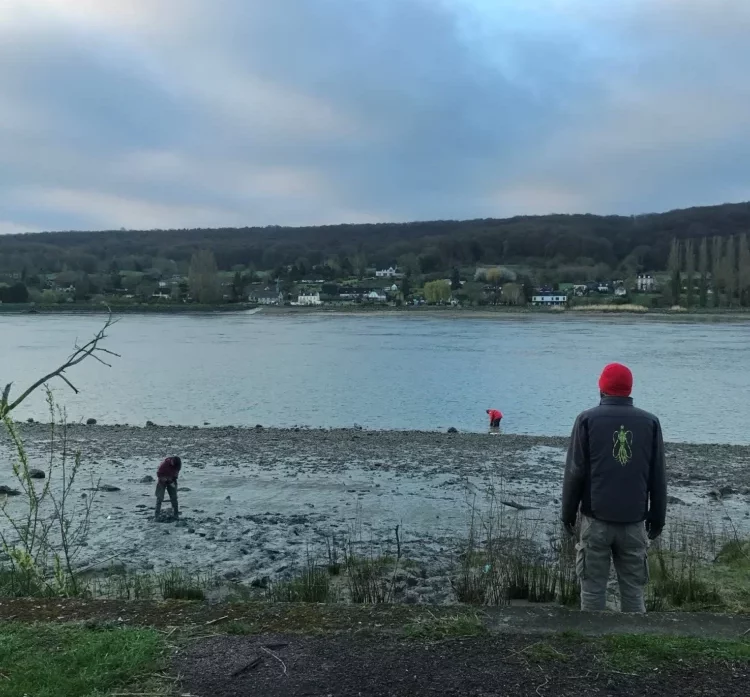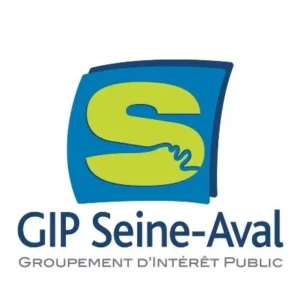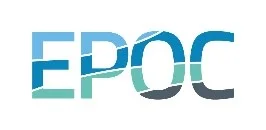Project Summary:
The EVEREST project focuses on the ecological restoration of intertidal mudflats in the Seine estuary, a dynamic environment structured by a strong salinity gradient—from saltwater (euhaline) near the mouth to freshwater (limnic) upstream, with intermediate zones (poly-, meso-, oligohaline). Biodiversity varies along this gradient, reaching a minimum in oligohaline zones, although biomass can remain high. Estuarine development (e.g., embankments, dredging) has reduced lateral habitat diversity, weakening key ecological functions. Restoring these habitats is thus a priority to recover productivity, water purification capacity, and habitat value.
Ecological Role of Mudflats:
In intertidal mudflats, benthic fauna play a vital role in sediment oxygenation, erosion control, supporting food webs, and stimulating primary production. These functions can be assessed through the use of bioindicators.
Project Objectives:
EVEREST tests several hypotheses:
-
Loss of ecosystem functionality due to rapid vegetative colonization
-
Higher productivity potentially occurring in upstream areas
-
Key role of fluvial side channels in hydrosedimentary balance
The project aims to define optimal restoration strategies, identifying a balance between overconnected and isolated habitats within the river system.
Approach & Methodology:
-
Characterization of organic matter and oxygen penetration (PPO) in sediments as indicators of ecological status and biogeochemical functioning
-
Monitoring of the Lillebonne mudflat, restored in 2017–2018, to assess the stabilization of biological communities and recovery of ecosystem functions
-
Development of bioindicators to measure ecological restoration success, based on community responses to both natural and human-induced stressors





